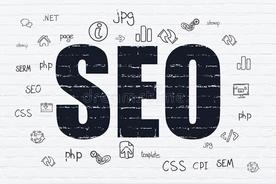In the realm of digital content, image Optimization plays a pivotal role in enhancing the overall performance and user experience. At its core, the mAIn optimization of images is to ensure that they are delivered in the most efficient manner possible without compromising their quality. This involves a series of techniques aimed at reducing the file size of images, improving their loading speed, and ensuring they are responsive across various devices and platforms.
The primary objectives of image optimization include:
1、File Size Reduction: By compressing images without noticeable loss in quality, we can significantly decrease their file size, which is essential for faster page load times. Smaller image files also mean reduced bandwidth consumption, leading to cost savings for both users and website owners.

2、Resolution and Format: Selecting the appropriate resolution and format for images is crucial. High-resolution images might look great but can drastically slow down a website's load time. Formats like JPEG, PNG, and WebP offer different levels of compression and support for transparency or animations, allowing for tailored choices based on the image's purpose.
3、Alt Text and Metadata: Adding alternative text (alt text) to images is not only important for accessibility but also for SEO purposes. Search engines use this text to understand the context of the image, which can help improve website rankings. Including relevant metadata can further enhance discoverability.
4、Lazy Loading: This technique defers the loading of images until they are about to enter the viewport, which means users don't have to wait for all images to load when they first visit a site. It significantly improves the initial page load speed and provides a Better User Experience, especially for long pages with many images.
5、Responsive Images: With the proliferation of different devices, it's critical that images adapt to various screen sizes. Responsive images ensure that they scale appropriately, preventing issues like stretched or blurry images on certain devices.
6、CDN Usage: Utilizing Content Delivery Networks (CDNs) can cache images on servers closer to the end-user's location, reducing the latency and providing a faster delivery of images.
7、Image Caching: By caching images, you ensure that repeat visitors do not have to download the same images repeatedly, thus accelerating load times for returning users.
In conclusion, the main optimization of image optimization hinges on the balance between image quality and file size, as well as the technical strategies employed to deliver images efficiently to end-users. Through these methods, websites can provide an enhanced user experience, improved search engine visibility, and reduced operational costs.
评论列表 (0条)